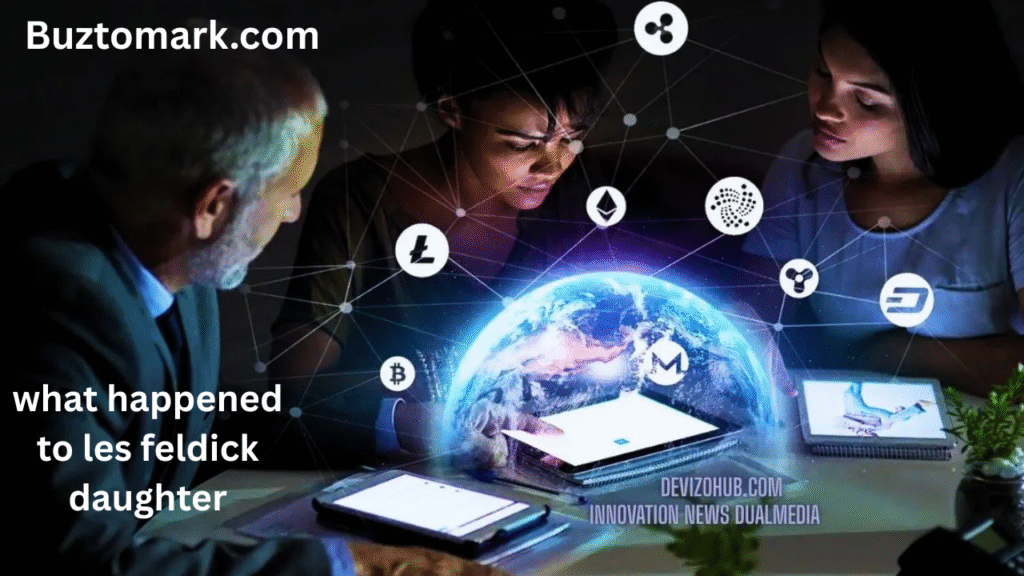Time Warp Taskus?? – Understanding, Exploring, and Applying the Concept

The term time warp taskus?? may sound futuristic, mysterious, or even a little puzzling, but it’s quickly gaining attention in various circles—from workplace productivity discussions to gaming communities. While the phrase isn’t a mainstream term yet, it blends two intriguing ideas: the concept of a “time warp” and a “taskus,” which can be understood as a method, system, or toolkit for handling tasks. Together, time warp taskus?? represents an imaginative or theoretical approach to managing time and work in unconventional ways.
In this article, we’ll break down what time warp taskus?? could mean, why it’s attracting interest, and how it can be explored in multiple contexts—from creative productivity techniques to science fiction-inspired applications.
What Does Time Warp Taskus?? Mean?

At its core, time warp refers to the bending, compression, or expansion of time—often a concept borrowed from physics and science fiction. A taskus, while less defined in common language, can be interpreted as a specialized approach or toolkit for handling tasks efficiently. When combined, time warp taskus?? could symbolize a system that allows individuals or teams to accelerate, slow down, or restructure the way they handle work in a manner that feels like altering time itself.
The “??” in the term adds a sense of curiosity and open interpretation, suggesting that this concept may not have a fixed definition and could evolve depending on context.
Time Warp Taskus?? in Productivity and Work Environments

In a professional setting, time warp taskus?? might be used as a metaphor for advanced time management systems. Imagine being able to complete in one hour what typically takes three—without sacrificing quality. This could involve:
- Batching and sequencing work to create a natural “flow state” that feels like time is passing faster.
- Leveraging automation tools to handle repetitive tasks instantly.
- Optimizing schedules to match peak energy levels and natural productivity rhythms.
When applied strategically, time warp taskus?? can help professionals feel as though they are “bending time” to fit more into their day without burning out.
Time Warp Taskus?? in Gaming Culture

Interestingly, time warp taskus?? also fits neatly into gaming conversations. Many video games include “time warp” features that allow players to slow down or speed up time for tactical advantages. A “taskus” in this context could refer to missions, challenges, or strategies that benefit from time manipulation.
Players who master time warp taskus?? in a game could:
- Complete difficult objectives with precision.
- Gain extra reaction time in fast-paced scenarios.
- Explore environments more thoroughly without the pressure of a ticking clock.
This concept could easily apply to role-playing games, strategy titles, or even virtual reality experiences where time control is a core gameplay mechanic.
The Psychological Impact of Time Warp Taskus??
Beyond literal interpretations, time warp taskus?? can also be understood as a psychological phenomenon. Humans often perceive time differently depending on engagement, focus, and emotional state. For example:
- Engrossing work or play can make hours feel like minutes.
- Boring or stressful activities can stretch time, making minutes feel like hours.
If time warp taskus?? were designed as a mental framework, it could focus on enhancing the enjoyable, productive states while minimizing wasted time in unproductive modes. Techniques such as mindfulness, focused breathing, and task gamification could be part of this system.
Hypothetical Real-World Applications of Time Warp Taskus??
While time travel remains firmly in the realm of theory, the principles behind time warp taskus?? could be applied in practical scenarios today. Some examples include:
- Corporate Workflow Optimization – Integrating AI-powered scheduling, instant data retrieval, and parallel processing of tasks.
- Creative Project Sprints – Using focused “time blocks” where distractions are eliminated and high-output bursts are encouraged.
- Education and Training – Employing immersive learning systems that accelerate skill acquisition while making the process feel effortless.
- Personal Time Hacking – Applying self-discipline and environmental adjustments to create the sensation of expanded free time.
Challenges and Limitations of Time Warp Taskus??
While the idea of bending time is exciting, there are realistic constraints when trying to apply time warp taskus?? in real life. Common challenges include:
- Mental fatigue from attempting to sustain high-intensity focus for too long.
- Technology limitations that prevent certain time-compression tasks from being fully automated.
- Unrealistic expectations that may cause stress or disappointment when results don’t match imagined “time warp” performance.
To avoid these pitfalls, time warp taskus?? should be approached as a flexible toolset rather than a rigid system.
Time Warp Taskus?? in Future Technology
The future might make time warp taskus?? far more literal than it is today. Advancements in AI, virtual reality, and cognitive enhancement could lead to systems that actually alter human time perception in measurable ways. Imagine putting on a headset and entering a work session where two real-world hours feel like twenty minutes. Such developments could revolutionize productivity, entertainment, and education.
This would raise fascinating questions about ethics, human adaptation, and the definition of “real” time in a digitally enhanced world.
Conclusion – The Endless Possibilities of Time Warp Taskus??
Whether seen as a productivity hack, a gaming strategy, a psychological framework, or a futuristic vision, time warp taskus?? represents a blend of creativity and curiosity. The phrase itself invites interpretation and experimentation, encouraging us to think differently about how we experience and manage time.
In the end, the real power of time warp taskus?? might not be in literally altering time, but in changing our relationship with it—making every moment count, whether in work, play, or life.
Read More: @ turbogeek.org ?? – Exploring the Digital Realm of Ideas, Innovation, and Community




